Even though we do it twice a day, every day, when it comes to brushing our teeth, it turns out there might still be some pretty important things we’re just not getting right. We’ve got some tips to help you brush your teeth properly.
According to a survey by Simplyhealth, 75% of Brits feel conscious of their smile, mostly down to yellowing of their teeth. So what are we doing wrong? We asked dentist Dr Henry Clover and dentist Dr Andrea Ubhi (andreaubhi.com) to shed some light.
Here’s what you need to know to ensure your oral health doesn’t take a back seat…
How to brush your teeth properly
1. Electric toothbrushes are only more effective than a manual if you use them properly
“The age-old argument of manual versus electric toothbrush is still rife. Studies have shown that electric toothbrushes with rotating heads can provide a slightly more effective clean, but there’s absolutely no reason why you can’t achieve the same results with a manual toothbrush if you have the right technique. Therefore, it’s much more about how you brush, than what you brush with,” says Dr Clover.
“It sounds simple, but you’d be surprised just how many patients I’ve seen that don’t know the correct way to brush their teeth. [I’d recommend] tilting the bristle tips to a 45-degree angle against the gum line. Move the brush in small circular movements, several times, on all the surfaces (outer, inside, upper and lower) of every tooth. To clean the inside surfaces of the front teeth, tilt the brush vertically and make several small circular strokes with the front part of the brush.”
2. Natural sugar isn’t necessarily better for your teeth
You may want to rethink sipping fruit juice throughout the day. “Every time we have something sugary to eat or drink, bacteria in our mouths feed on this sugar and produce harmful acids, which can cause tooth decay. It then takes our saliva around an hour to neutralise these acids and return our mouths to normal. This means the more times a day you expose your teeth to sugar, the more you increase your chances of tooth decay,” says Dr Clover.
“While fruit smoothies can seem like a good idea for nutritional benefits, they have a higher concentration of sugar and acids. This means that every time you sip on a fruit smoothie, your teeth are placed under acid attack for up to an hour.
“Constantly sipping on these drinks can cause the protective enamel to erode, causing pain and sensitivity. It can also lead to tooth decay.”
3. Your mouth can be the gateway to a host of other, more serious health ailments
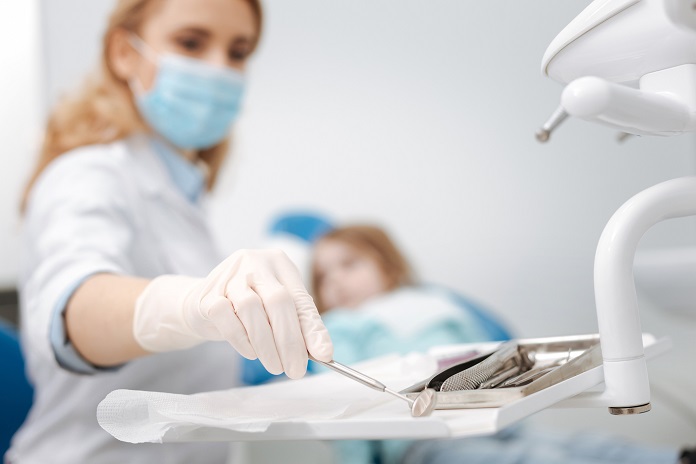
“The survey found that 42% of people don’t know that oral health is linked to diseases including dementia, kidney problems and diabetes, which is a worrying statistic. Although a dry mouth can often be down to simple dehydration, a lack of saliva can actually be one of the earliest symptoms of diabetes.
“The condition causes blood vessels in the salivary glands to thicken and slows down the natural production of saliva, making the gums more prone to infections. Other symptoms include excessive thirst, tingling in the hands and feet, frequent urination and blurred vision,” adds Dr Clover.
“Bad breath can also be a sign of something more serious, including [gut] disorders such a coeliac disease, and even occasionally liver disease. While some people do suffer worse due to differing bacteria levels, if you’ve tried brushing your teeth and tongue as well as flossing regularly and using breath fresheners, be sure to visit your dentist for advice. They may suggest visiting your GP for a check-up.”
4. Fads, like charcoal toothpaste or oil pulling, have little science behind them
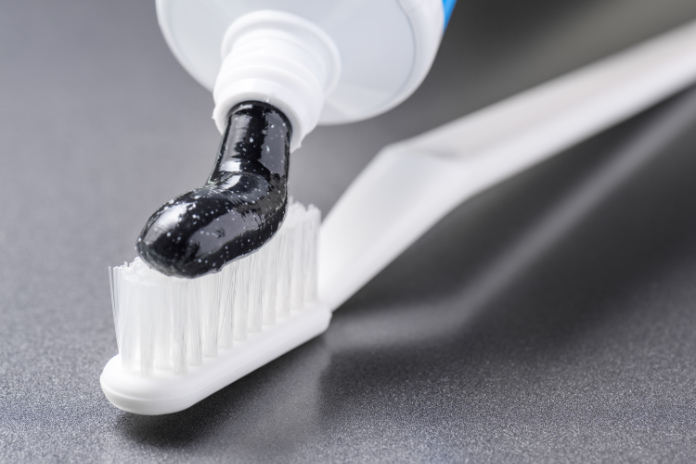
According to the survey, one of the most-tried oral health trends in recent years is charcoal toothpaste, alongside oil pulling and whitening strips. But despite a host of celebrity fans and beauty bloggers endorsing these trends, Dr Clover says there’s little evidence to back up their effectiveness.
“The rise of products such as these are due to celebrity endorsements, often through social media, but most of the time they’ve had whitening treatment with a professional, and so the results can be misleading. While there may be some anecdotal evidence of charcoal’s health benefits, these toothpastes can be very abrasive. Many aren’t able to provide the same level of protection against tooth decay as traditional toothpaste if they don’t contain fluoride.
“The toothpaste you choose should contain the right amount of fluoride for you, as this will help to fight against tooth decay,” Dr Clover adds. “For most adults, this should be between 1350 and 1500ppm. Many toothpastes also help protect against enamel erosion, which can be beneficial for some patients. Always speak to your dental team to find the right products for you.”
5. Flossing is seriously important
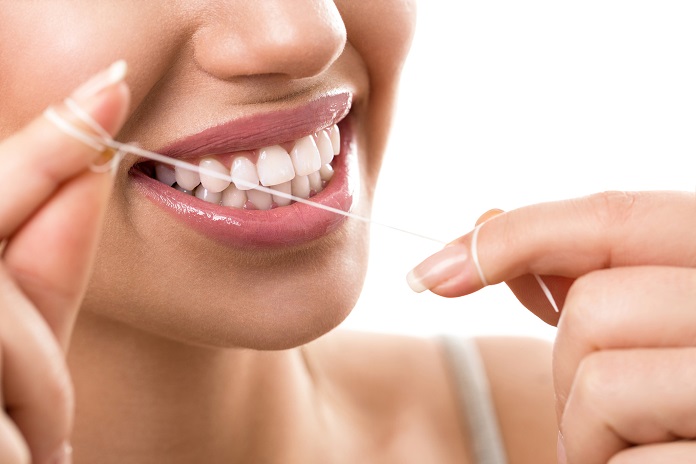
Proper mouth hygiene isn’t just about brushing your teeth properly. “Using an interdental brush or floss can clean the tight spaces between your teeth and gums that your toothbrush can’t reach. This helps to remove plaque and bits of food that may otherwise remain in your mouth and lead to tooth decay or gum disease.
“I recommend you floss at least once a day, either in the morning or the evening. Some dental professionals recommend cleaning between your teeth before you brush, to dislodge particles of food and get rid of plaque. Others suggest doing this after brushing, so anything left can be removed,” says Dr Clover.
“If you suffer from sensitive or bleeding gums, you may be tempted to skip cleaning between your teeth for fear of making this worse. However, regularly cleaning between your teeth can actually improve your gum health, and with perseverance and the correct technique, any bleeding should subside.”
6. Don’t share oral hygiene products
You probably don’t share toothbrushes anyway – but how about toothpaste? “Toothbrushes and even tubes of toothpaste can be a breeding ground for germs and microscopic pathogens,” says Ubhi.
She suggests regularly replacing your brush and sterilising your toothbrush head daily. It’s also a good idea, says Ubhi, for everyone in the house to have their own toothbrush holder and tube of toothpaste.
Shared holders can be a breeding ground for germs, and sharing tubes means multiple toothbrushes come into contact with the paste. Clean the toothpaste and brush storage area daily and provide separate glasses to use mouthwash, or give each person their own bottle.
7. Safe sterilising
So how do you sterilise your toothbrush and brush heads?
Ubhi says baby sterilising tablets or liquid are ideal to use to sterilise toothbrushes. You should sterilise toothbrush heads, retainers, gum shields and whitening trays daily. “They need to be bacteria-free before they enter your mouth,” she says.
8. Brush up your routine
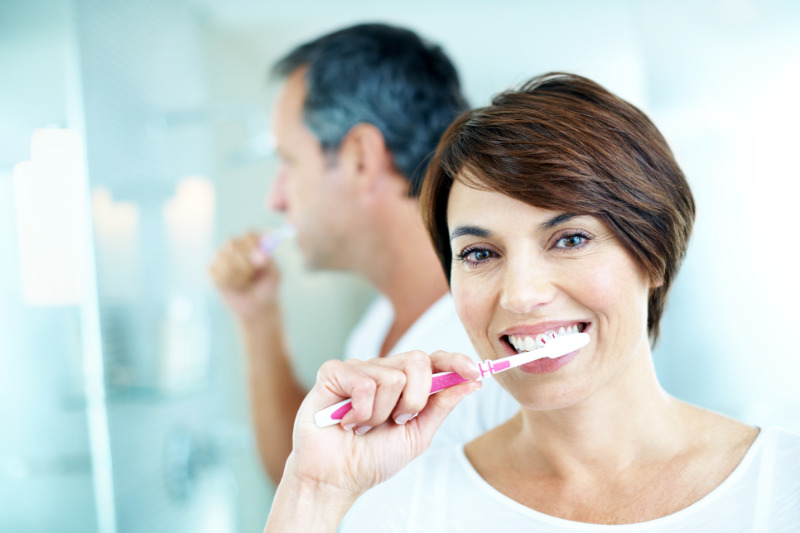
But is it enough just to brush your teeth properly? Ubhi says “brushing your teeth twice a day is simply not enough.” She suggests following the four-step-smile routine: flossing, interdental brushing, brushing (ideally with an electric toothbrush) and using mouthwash.
“Never rinse your mouth with water after brushing, as this washes away the protective properties of the fluoride in toothpaste,” she explains. Instead, use a mouthwash before brushing or wait at least 30 minutes afterwards.
9. Prevention is better than cure
“Accidents where crowns have broken, teeth have chipped or veneers have fallen off often happen when patients eat foods that are challenging to chew,” says Ubhi. “Avoiding those foods is important, as you could be left in pain and in some cases with parts of your tooth nerves exposed, which can be excruciating.”
Foods known to fracture teeth include hard boiled sweets, toffees, and fruits with hard stones that can be accidentally bitten into, such as cherries or dates.
It’s always best to learn how to brush your teeth properly in the first place, but here’s what to do if you’ve got toothache.
Treating aches at home
If you have persistent toothache, an over-the-counter painkiller such as paracetamol can help. Always make sure you follow the dosage on the packet and ask a pharmacist for advice if you need to. If pain persists, seek advice from your dental practice.
Dentist Neil Banton says people with toothache can also use an anaesthetic gel, which is available from most pharmacies. It’s also a good idea to reduce sugary or acidic foods, especially sweets or fizzy drinks (even diet ones), as these can aggravate pain and sensitivity.
Banton adds: “It’s important to avoid extremes of temperature, such as hot drinks and very cold foods. Keeping your head elevated at night can also help, as lying down increases blood pressure in the tooth, causing pain.
“Other tips include applying a cool pack or frozen vegetables wrapped in a towel to your cheek, to keep the area cold. But don’t be tempted to apply anything directly to the tooth as this can increase pain and damage the tissues. You can, however, use cotton wool to place clove oil over the painful tooth or area of the mouth.”
Wisdom tooth pain
Banton says rinsing your mouth with warm salt water as often as possible is good for disinfecting the wisdom tooth area, and using a mouthwash suitable for gum problems can also help.
“Keep the area cold by using a cool pack or frozen vegetables wrapped in a towel, and continue to clean your wisdom teeth thoroughly, even if it’s painful to do so,” he advises.
Emergency crown kit
Ubhi says if you dislodge a crown you can buy a special emergency dental kit from the pharmacy, which includes dental glue to re-attach. “However, I would advise calling your dental practice for advice before using,” she advises.
Sharp pain when biting
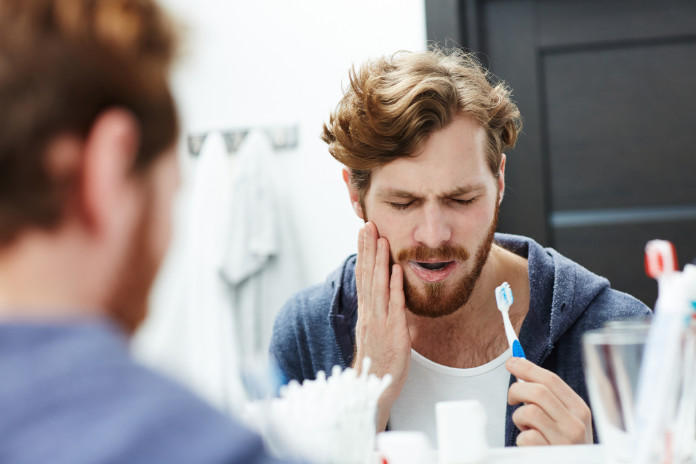
Sharp pain when biting could be a result of tooth decay, a loose filling or a crack in your tooth, explains Banton. It could also mean there’s damage to the pulp tissue inside the mouth, which could require treatment such as root canal.
Until you can get treatment, avoid eating hard food like nuts or sweets, and those which need a lot of chewing, like baguettes or tough meats. Also, try to use the other side of your mouth for chewing when possible.
Facial swelling
If you have any facial swelling, contact your dentist, says Banton. Do this urgently if the swelling extends to the eye area, along your mouth, or down your neck. If your vision or breathing has been affected, you’re having trouble swallowing or you can’t open your mouth more than two fingers wide, visit A&E immediately.
If the swelling is minor, your dentist may prescribe antibiotics. You can also use a cold compress, or try rinsing your mouth with warm salt water repeatedly until the swelling reduces.
Emergencies
If you have a dental emergency, see your dentist immediately. If this isn’t possible or for further help, call NHS 111.
You may also be interested in…































































